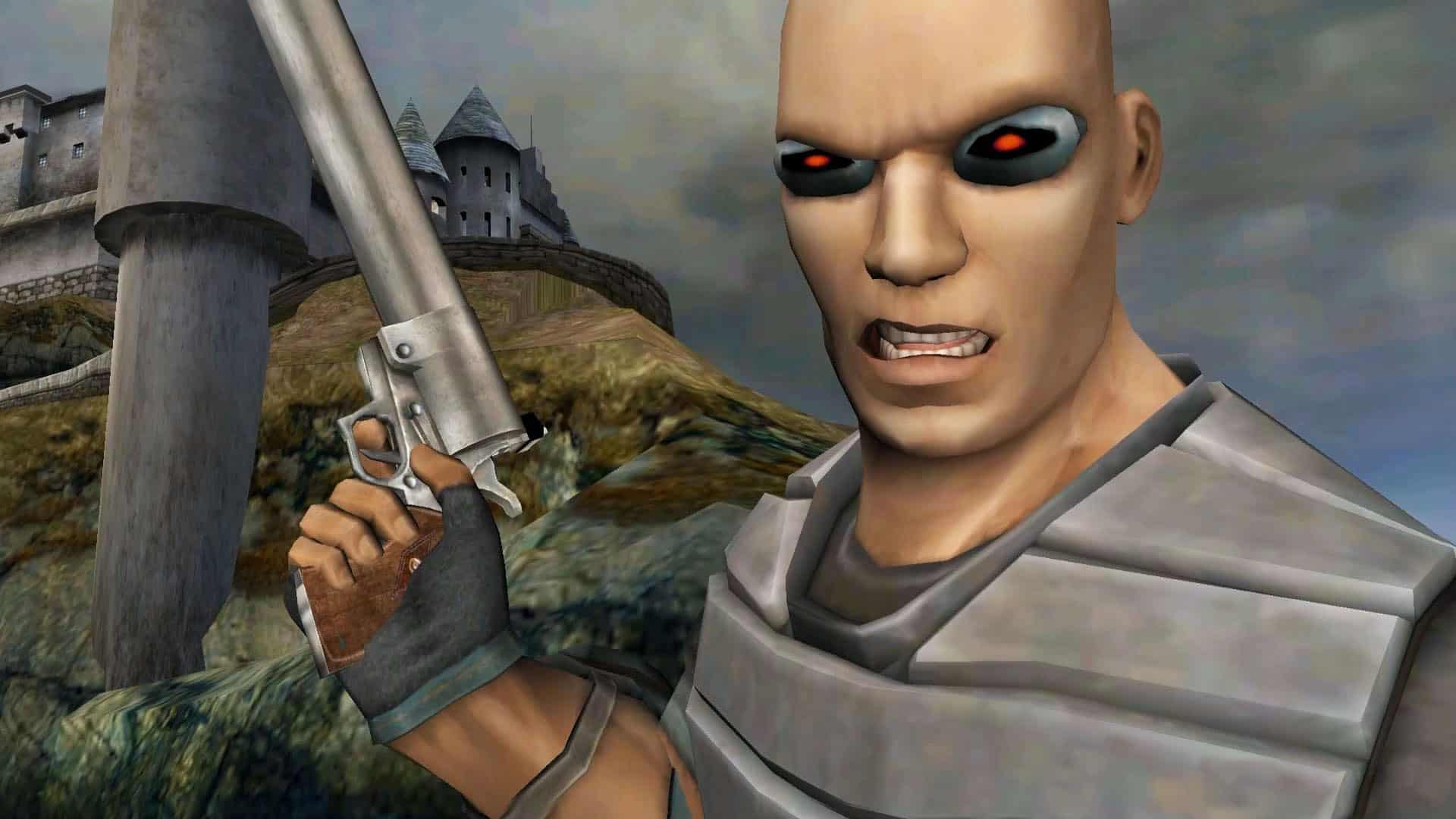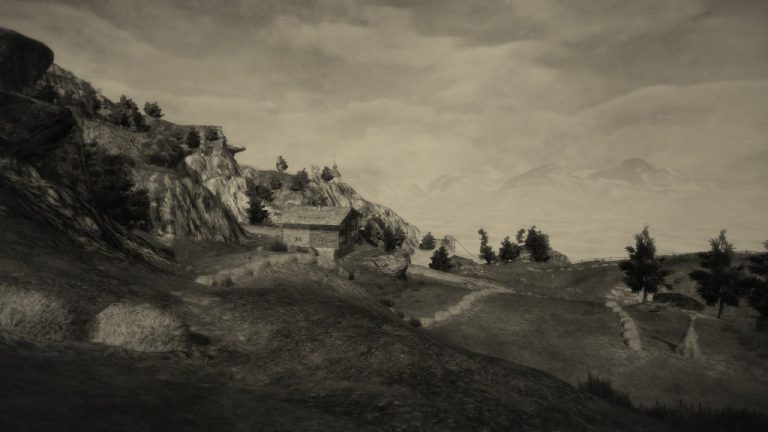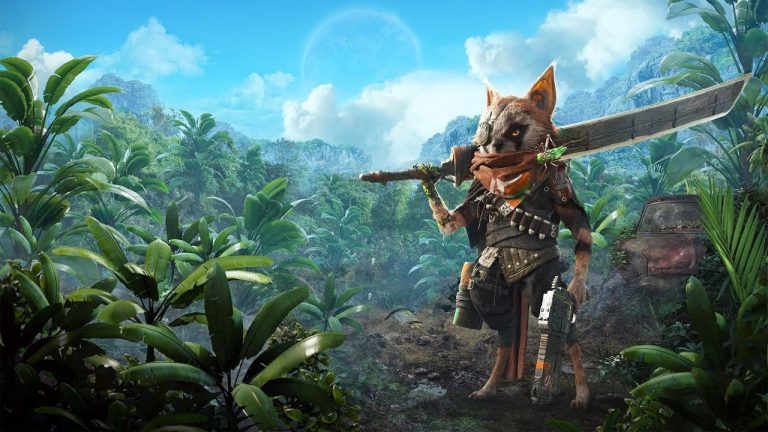In video games, the biggest of deals take the strangest and most unlikely forms. The wise and weary souls at Nintendo, for example, must go to their sleep knowing that the health of entire genres—to say nothing of the health of entire fiscal quarters—depends on the exploits of a pudgy plumber. A plumber, we might add, whose days entail not the unclogging of drains but the besting of an overgrown lizard who, like King Kong, is desperate to swipe the bright-blonde object of his affection and bear her away to his tower. You can understand the thinking of those at Microsoft at the turn of the millennium, as they put their stock in Master Chief; a seven-foot-tall genetically engineered marine, soldered into a muddy-green diving bell of a space suit, he at least looks as if he could fend off the competition.
What, then, should we make of Cortez, the hero of TimeSplitters? For one thing, can he even be called the hero, given that he arrived in the second installment and, like Scott Bakula in Quantum Leap, spent most of the run time inhabiting the bodies of other people? He doesn’t exactly look like the sort upon whom great things may hinge. He looks more like the sort upon whom B movies may hinge. Literally. The creative minds at Free Radical clearly took one look at Vin Diesel in Pitch Black—at his dark and goggled gaze, the noble dome of his head, the hair shaved down to a shadow, and the sheer baggage of his biceps—and said, “That’ll do.”
And it did. Its pleasures, starting early in the life of the PlayStation 2, were in its art style (chunky-limbed and bendy) and its fevered local split-screen multiplayer—which has since grown unfashionable. (Personally, I miss the romance of squinting into a deep-fried square of the television, feeling the prickle of a crosshair out the corner of your eye, on one of your opponents’ screens, trained at your head, and scrambling to respond.) And, of course, for some the series is as important as where it came from. Many of those who worked on it made GoldenEye 007, at Rare, and thus it describes a vital arc in console shooter history—a split in time, as it were, marking the end of one era and the start of the next. Mention these games to someone now, and you stand a good chance of eliciting a noise: something in the vicinity of a sigh, mingled with a groan, describing both far-off wonders and intimate frustration.
The frustration springs from the fact that, since the release of TimeSplitters: Future Perfect, the series slipped into an indefinite hiatus; last week, we discovered that the hiatus was more of a hypersleep. TimeSplitters is coming back. Not only that, but Free Radical is reassembling, under the aegis of David Doak and Steve Ellis, two of its original four founding members. “When I saw it, I was really pleased because I just didn’t like the idea of there never being anything done with it,” said Doak, when I spoke to him about Koch Media, the company that had acquired the rights to the IP. “I emailed them to say good luck!” Evidently, those at Koch had more in mind than luck. Indeed, how better to revive TimeSplitters than by turning back the clock?










